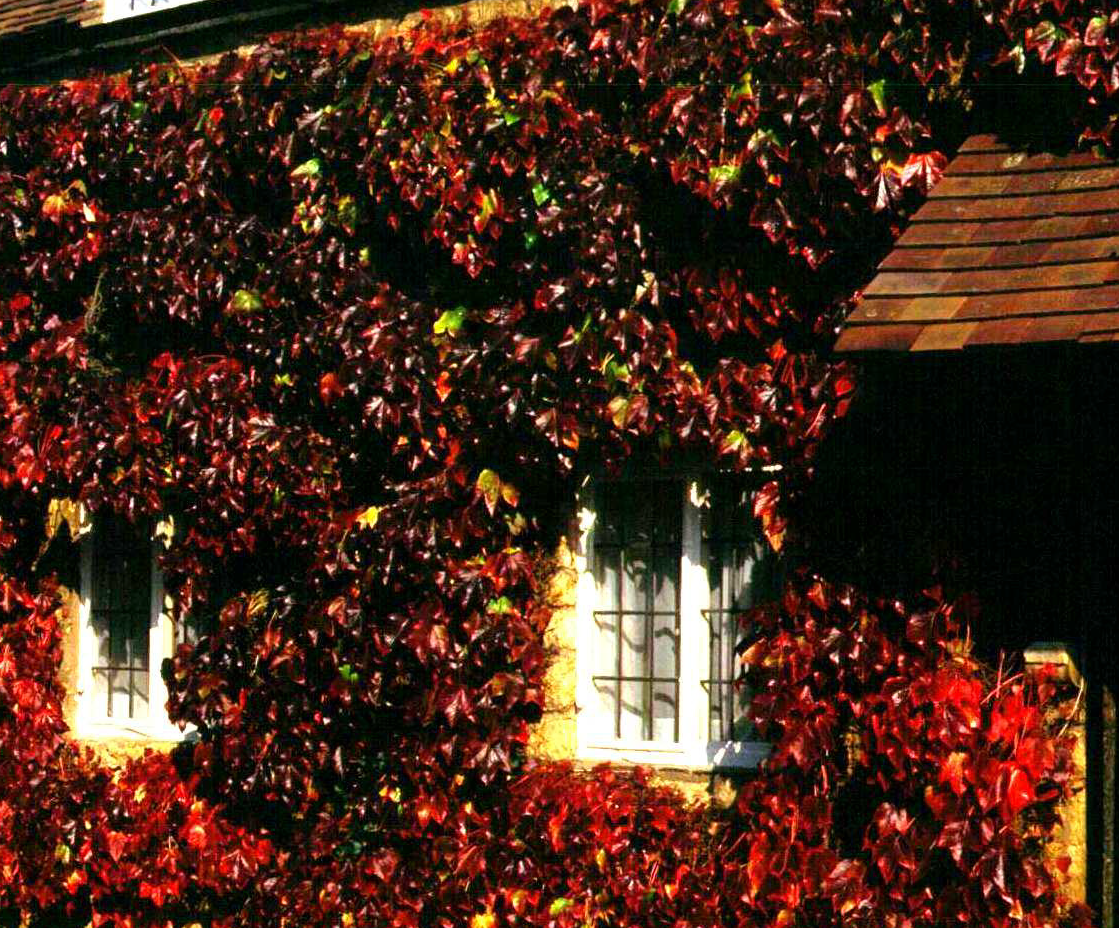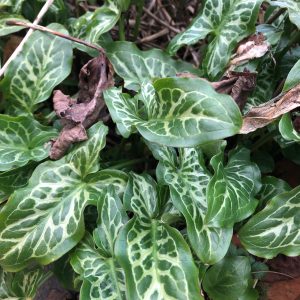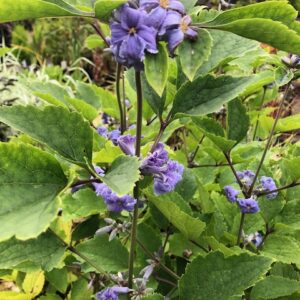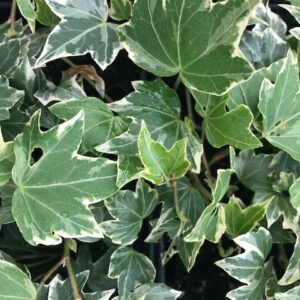Climbers, Non evergreen climbers
Boston Ivy
Parthenocissus tricuspidata Veitchii
£14.99
Boston Ivy 

Parthenocissus tricuspidata Veitchii is a very vigorous, self-clinging large deciduous climber with a Spectacular Autumn colour.
Leaves mostly ovate or three-lobed, turning brilliant crimson and purple in autumn.
SKU: PARTH-TV
Categories: Climbers, Non evergreen climbers
Tags: Autumn colour, Boston Ivy, climbing plant, Red leaf colour, Self clinging, Spectacular colour, Vigerous climber
Related products
-
Rated 0 out of 5
Hydrangea anomala petiolaris
£14.99 Select options This product has multiple variants. The options may be chosen on the product page -
Rated 0 out of 5
Hedera helix Glacier
£3.99 Select options This product has multiple variants. The options may be chosen on the product page






